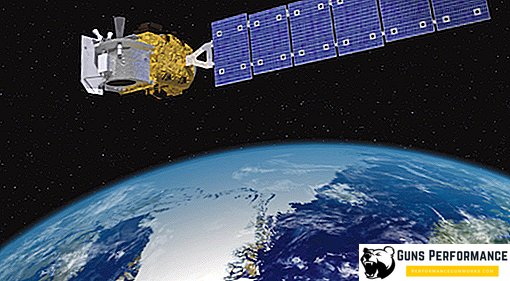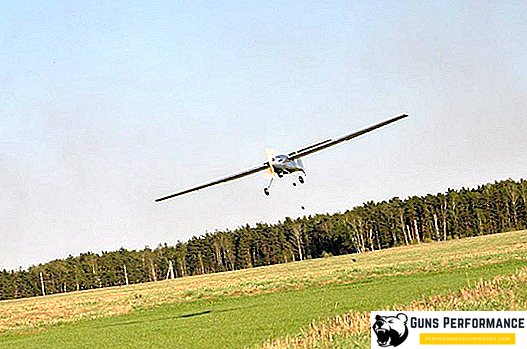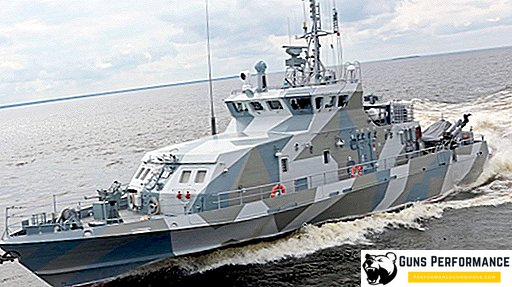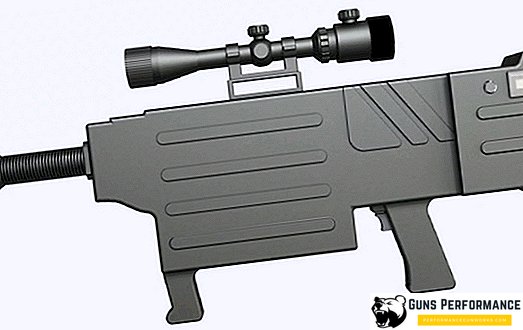
Issues of research on ice cover are increasingly troubling scientists around the world. Global climate change is occurring, and climatologists are trying to figure out the causes of such processes. At the moment, the key focus is the study of the influence of melting glaciers on global sea level.
These goals should help accomplish the ICESat-2 satellite, which launched the Delta 2 rocket carrier into orbit. This program will be the last for this rocket, which has been in operation for more than a quarter of a century.
To study the Earth’s surface, a special ATLAS radar was installed on the satellite, which will emit about 10,000 pulses per second for 3 years, recording the slightest changes in the landscape of our planet. One complete revolution around the Earth will take about six months. Special attention will be paid to areas covered with ice, snow and forests.
During each radar pulse, an enormous number of photons are emitted, which will be reflected from the surface of the earth. The time required to reach the reflected elements of the satellite receiving equipment will provide detailed information about the landscape. It is assumed that the research will allow to fix even millimeter changes in the state of the Greenland glaciers.

Delta 2
This rocket is designed and constructed by the aerospace company McDonnell Douglas. The first flight she made back in 1989. Used to launch the global positioning system NAVSTAR GPS, various satellites and probes. During the years of operation, more than 150 launches were made, of which only two were unsuccessful. The rocket uses solid fuel boosters.
ICESat-1
The first satellite of this class was launched on January 13, 2003, it worked for 7 years. The satellite was designed to study the ice cover, the height of clouds and vegetation. It was equipped with a laser height measurement system Geoscience Laser Altimeter System, which produced pulses of various wavelengths.












